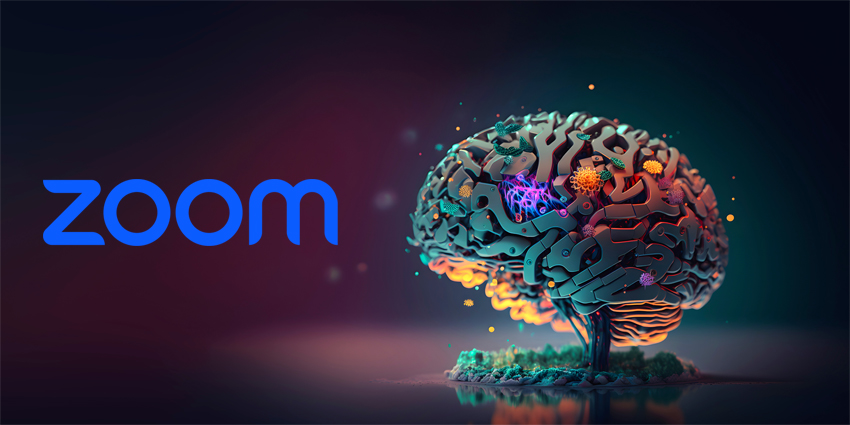Reliability and flexibility are at the forefront of the minds of most customers. When they make contact with call centre agents – whether these people are in an office or working from home – they want their enquiry dealt with quickly and effectively. To ensure customers receive what they expect from businesses, CXaaS has emerged as a cloud-based customer solution with the sole aim of helping to provide exactly what the customer is after.
The term may seem tricky to understand at first, but in short, it all began with cloud computing terms. These are SaaS (Software-as-a-Service), PaaS (Platform-as-a-Service) and IaaS (Infrastructure-as-a-Service). It allowed for ready-made software, a platform for its development, or a comprehensive computing infrastructure could be provided via networks.
CXaaS and its Counterparts
But before we dive into exactly how CXaaS helps businesses and their customers’ experiences, let’s take a closer look at exactly what CXaaS is. The term itself stands for Customer Experience (CX) as-a-service and typically has the combination of CX strategy, data integration, automation and employee expertise. Put simply, it allows brands to develop and deploy customer-centric initiatives rapidly.
Why is CXasS So Important?
A recent survey by The Harris Poll concluded that 83% of customers care as much about the way call centre agents treat them as what they are trying to sell them, 43% would knowingly by an inferior product if they really loved the brand and up to 73% would happily spend more money on your business if they loved the brand. These are stark figures show that CX is fast becoming a key driver in business proposition and growth and is in itself, a force to be reckoned with. Take this data from the Call Centre Management Association (CCMA) and cloud communications firm 8×8 for example. Up to 2,000 participants told them in a survey they have struggled to receive good customer service since the COVID-19 pandemic began. Over half of the respondents confirmed they had experienced increased challenges in receiving good quality CX, while a staggering 67% had experienced increased wait times since the coronavirus pandemic erupted.
Where human agents may struggle, CXaaS can sift through huge data streams and can also extract insights from these figures that can be used by business leaders to understand their customers and evolve with them over time through building relationships and mapping out a customer journey.
Essentially, this is the fightback against bad CX, with enterprises beginning to go digital to tap into even more data to understand customer behaviour and build their strategies surrounding them.
CXaaS to Enhance Your CX
CXaaS works to enhance the CX generally and allows your brand or business to provide personalised experiences. Customers enjoy feeling appreciated and rightfully so. But to be appreciated, a CX roadmap needs to be established. More often than not, this can be achieved through the all-important customer journey.
CXaaS can aid this by reimagining the customer experience throughout a digital transformation. The software can use tools to capture customer tone of voice, welcome them and record information to solve enquires while also empowering a business or brand.
Popular everyday CXaaS tools include:
- Chatbots: These are a software application used to conduct an on-line chat conversation via text or text-to-speech, in lieu of providing direct contact with a live human agent. Designed to convincingly simulate the way a human would behave as a conversational partner, chatbot systems typically require continuous tuning and testing, and many in production remain unable to adequately converse or pass the industry standard Turing test
- Notifications: These can be orchestrated and automated engagements across text, voice, email and push channels
- Self-service: AI-powered self-service portals provide fast resolutions to enquires made by customers. Apps and other digital channels are additional options
Yet, examples of the more vital components of CXaaS include:
- Online engagement: AI, agent communication or chatbots provide an exceptional customer journey
- Creative Omnichannel Experiences: WhatsApp, web and social media chat or simply email offer customers options in how they wish to connect to businesses
- Cloud Computing: The cloud provides cost effective and universal options in interacting with customers. Cloud computing options are also fast and reliable and offer up a more unique and tailored experience for customers
Raising the Stakes
CX used to mean offering quality products and a smile. Today, customers are seeking to engage with companies in new ways, adding some complexity to the CX equation – and raising the stakes. All in all, CXaaS creates optimisation for customers to ensure a better all round experience. For example, chatbots can assist in basic customer queries, customers can be segmented for a more personalised approach, omnichannel experiences mean 24-hour and adaptable CX and analytics gather that crunch customer data.
Actioning Data
One of the great joys of CXaaS is its data functions and ability to act on information to improve. We’ve all been there in the past, whereby we call a business – perhaps one we’re familiar with or have used in the past – and endure a bad customer experience, agree to a short survey afterwards where we’re met with the opportunity to voice such concerns, only for the whole saga to happen again during the next excruciating call. With CXaaS however, the use of proactive notifications and AI chatbots means data collected can be actioned far quicker to prevent bad CX from ever happening again.






